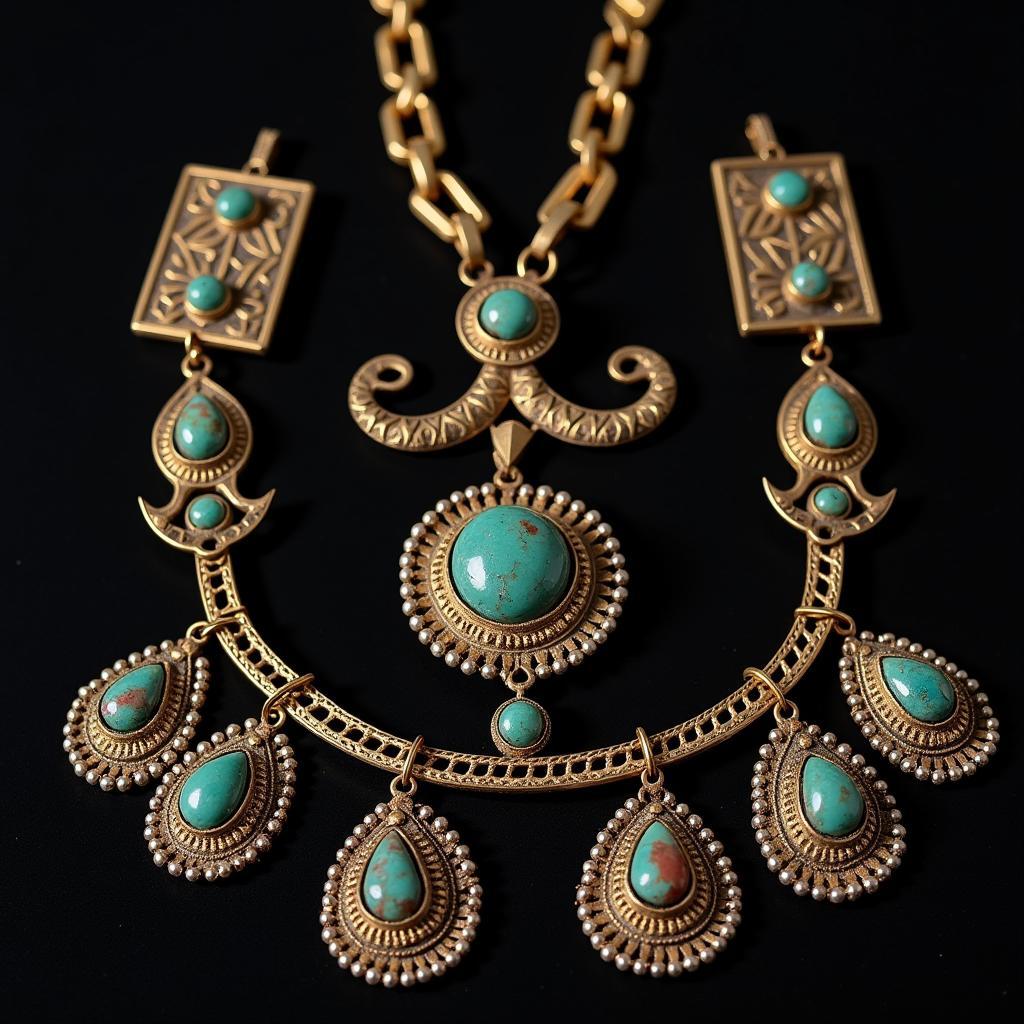African Drums vs Indian Drums: A Rhythmic Exploration
African drums and Indian drums, while both integral to their respective musical traditions, offer distinct sounds, constructions, and cultural significance. This article delves into the fascinating world of these percussive instruments, exploring their differences and similarities, and highlighting their unique contributions to the global soundscape.
The Heartbeat of Africa: Exploring African Drumming Traditions
African drums are more than just instruments; they are the heartbeat of the continent, deeply interwoven with social life, rituals, and communication. From the djembe of West Africa to the talking drum, each drum carries a unique voice and purpose. The construction of African drums often involves hollowed-out wood and animal skin stretched taut, creating resonant and powerful tones.
The Djembe: A West African Icon
The djembe, perhaps the most recognizable African drum, is known for its versatility and wide range of tones. Played with bare hands, it produces sharp slaps, deep bass tones, and a variety of other sounds, allowing for complex rhythmic patterns and improvisations.
Talking Drums: Communicating Through Rhythm
Talking drums, as their name suggests, are used to mimic the tonal patterns of spoken language. Their unique construction allows for pitch bending, creating a fascinating form of musical communication.
The Rhythmic Tapestry of India: Unveiling Indian Drumming Traditions
Indian drums, like the tabla and mridangam, are renowned for their intricate rhythms and melodic qualities. They play a crucial role in Indian classical music, accompanying vocalists and other instrumentalists. The construction of Indian drums often involves complex lacing and tuning systems, allowing for precise control over pitch and timbre.
The Tabla: A North Indian Staple
The tabla, a pair of small hand drums, is a cornerstone of North Indian classical music. Played with intricate finger techniques, the tabla produces a wide array of sounds, from resonant bass tones to crisp, metallic slaps.
The Mridangam: A South Indian Gem
The mridangam, a double-sided barrel drum, is prominent in South Indian classical music. Its rich, resonant tones and complex rhythmic patterns provide a captivating accompaniment to vocal and instrumental performances.
African Drums vs Indian Drums: Key Differences and Similarities
While both African and Indian drums share the common purpose of creating rhythm, their construction, playing techniques, and cultural contexts differ significantly. African drums often emphasize raw power and rhythmic complexity, while Indian drums focus on melodic nuances and intricate rhythmic structures. However, both traditions share a deep respect for the drum as a powerful instrument of expression and communication.
Conclusion: A Celebration of Rhythmic Diversity
The rhythmic tapestry of the world is enriched by the diverse traditions of African and Indian drumming. From the vibrant energy of the djembe to the melodic intricacies of the tabla, these instruments offer a fascinating glimpse into the rich cultural heritage of their respective regions. Understanding the differences and similarities between African Drums Vs Indian drums allows us to appreciate the unique contributions each makes to the global musical landscape.
FAQ
- What is the most common African drum? (The djembe)
- What is the primary use of talking drums? (Communication)
- What are the two main drums used in North Indian classical music? (Tabla)
- What is the main drum used in South Indian classical music? (Mridangam)
- What is the key difference in the focus of African vs. Indian drumming? (African drums often emphasize raw power and rhythmic complexity, while Indian drums focus on melodic nuances and intricate rhythmic structures.)
- Are there any similarities between African and Indian drums? (Both are used for rhythmic expression and are deeply embedded in their respective cultures.)
- Where can I learn more about African and Indian drumming traditions? (Explore other articles on our website and contact us for further information.)
For further assistance, please contact us at Phone Number: +255768904061, Email: [email protected] or visit us at Mbarali DC Mawindi, Kangaga, Tanzania. We have a 24/7 customer support team.

